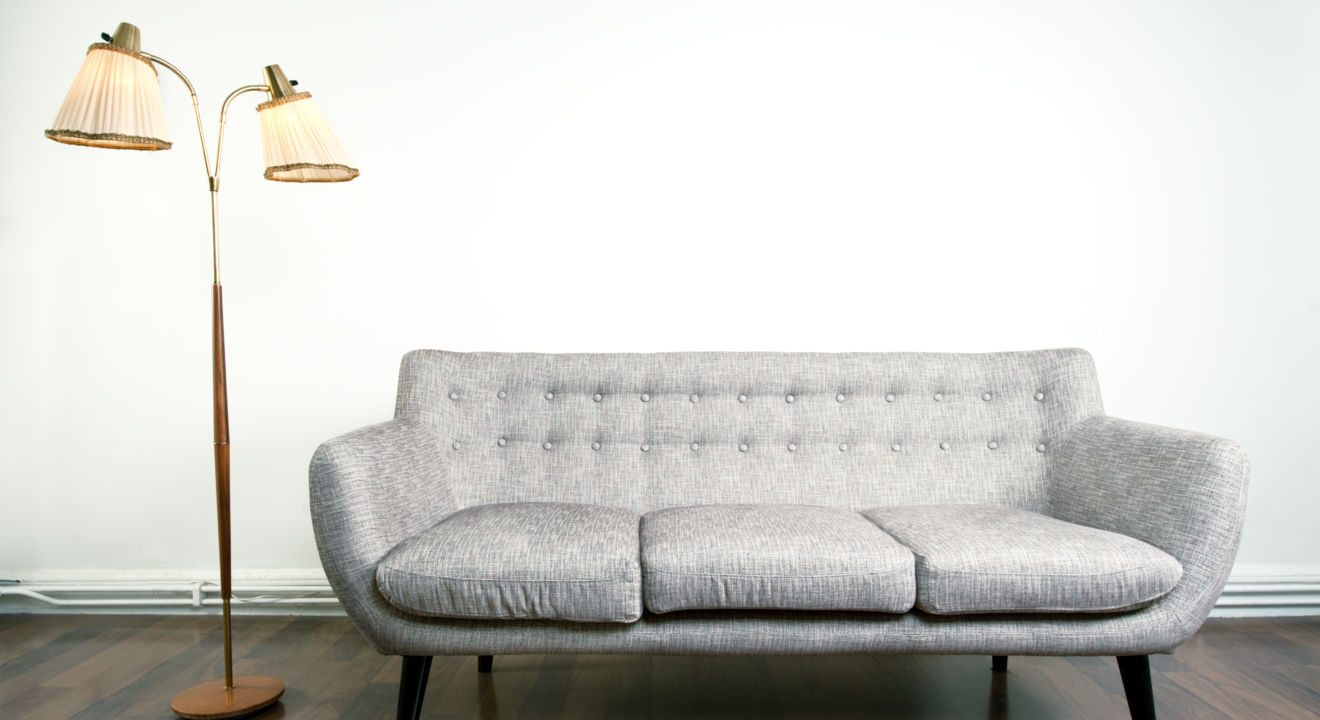Culture October 20, 2016


After putting together a Pinterest inspiration board, you’ve got a collection of mid-century modern and minimalist furniture to redecorate your house. Now, it’s finally time to start purchasing new decor. But before you start swiping your card, you have to make a decision: Will you go to local designers or head to that big budget factory? Which one is better? ENTITY is here to find out.
Recently, handmade goods have been making a comeback. The average consumer is looking for something more personal and meaningful than wholesale products. When you buy something handmade, you are choosing custom designs, unique furniture and ethically-produced and environmentally-friendly products.
However, as Merit Homes points out, one of the main downsides to handmade furniture is that, “with the exception of a handful of well-known designers, you cannot be sure of the quality of the furniture until you inspect it.” Mass-produced furniture, on the other hand, has to comply with safety and quality standards.
“This may not be an issue for an ornate table or a chair for your personal use, but you may want the peace of mind knowing that your child’s bed or high chair is retardant, free of small and moving parts, sturdy and well-made,” says Merit Homes.
When you buy factory-made furniture, you’re not just buying a standardized quality, you’re also purchasing convenience. Although mass-produced furniture is not as glamorous as handmade items, it’s affordable, convenient, uniform and safe. Every item you buy from the store is the same and each has been put through the same quality tests. For instance, mattresses and upholstered furniture must all be fire retardant.
The downside, though, is the fact that mass-produced furniture has a larger impact on the environment. While small-scale designers usually source their materials locally, Merit Homes says bigger furniture brands typically import their materials from all over the world and use various synthetic items. The eco-friendly part of you may cringe when you think about the carbon impact of international shipping and the process of making synthetic parts.
Aside from the overall quality, you also have to consider the differing costs between handmade and factory-made products. When it comes to beds, a homemade bed frame may seem excessive and even luxurious. But according to bed-centric website Guide Me to Bed, you can get a lot more variety and a higher quality item with a homemade bed frame versus a design from a factory. While you will be able to personalize the bed frame to you, there is one catch: The price will be higher.
For example, after taking a look at homemade beds on Etsy versus a bed on IKEA, Guide Me to Bed seems to be accurate. Prices are higher with a homemade bed frame such as this one by Get Laid Beds on Etsy. At $385.86 dollars, this bed is a good $150 more than the MALM bed frame from IKEA. But while the price of the homemade frame is significantly higher, it does have more customizable elements, such as size – ranging from single to emperor – and color – from Honey Satin to Vintage White. The IKEA bed only comes in king and queen sizes and one color – brown stained ash veneer.
So really, when it comes to buying furniture, online or otherwise, make sure you keep in mind your price range as well as the level of quality and customization desired. Choose handmade goods if you’re willing to pay a little more for that custom and personalized cow-print couch. But if you’re concerned about the price tag, convenience and overall quality, just buy a cow-print slip cover. That should do the trick.